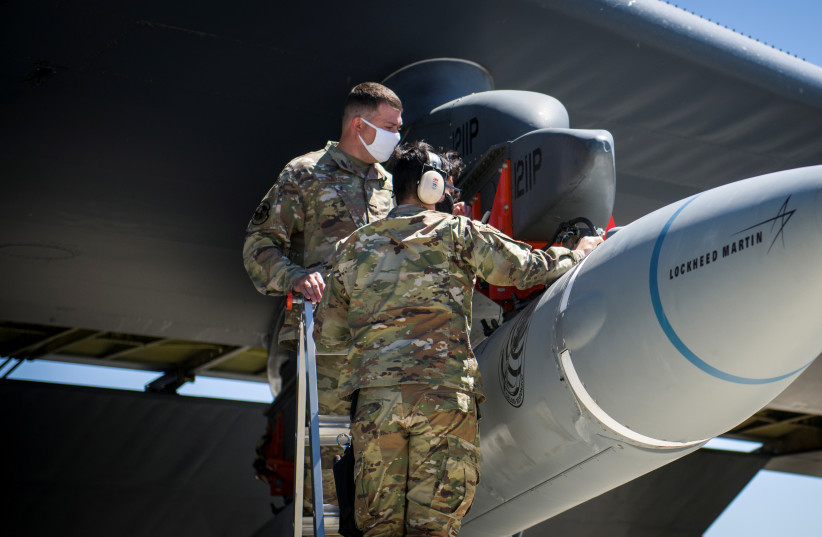The United States army deployed their first Long-Range Hypersonic Weapon (LRHW) in February, the Army announced at the end of March.
Hypersonic missiles are able fly five times faster than the speed of sound and have complex and varying flight paths, making them hard to intercept. They also fly much higher than subsonic missiles yet much lower than intercontinental ballistic missiles in an area where many countries do not have enough tracking covering.
The LRHW was launched during a Thunderbolt Strike exercise to test the full capabilities of the new technology. It was deployed 3,100 miles from the Joint Base Lewis-McChord to Cape Canaveral in Florida.
Soldiers from the 5th Battalion and 3rd Field Artillery Regiment conducted the exercise.
“Our Soldiers processed real missions, with real data, in real time, to produce real effects to learn lessons and generate readiness. We’re training the way we will fight, and our Soldiers are ready to deploy and employ this critical capability forward,” said Brig. Gen. Bernard Harrington, the 1st MDTF commander.
“Thunderbolt Strike proved the power of interagency cooperation to build the multi-domain force of the future,” said Harrington. “The second half of the Army’s year of long-range precision fires will continue to represent groundbreaking strides toward integrated deterrence in the Pacific.”

Context of the advance of weaponry
There has been growing tension between Russia and the United States. Russia has expressed anger over the United States' ongoing support for Ukraine amidst the Russian invasion.
The tensions have escalated to the point of threats, which may have inspired the United States to more carefully assess its military capabilities. Former Russian president Dmitry Medvedev threatened the United States with hypersonic cruise missiles and compared the US government's policies to that of Nazis
"1000 km range with hypersonic Mach 9 and the ability to use any payload with a guarantee overcome any missile defense," threatened Medvedev. "Let it [Gorshkov] stand somewhere 100 miles from the coast, closer to the Potomac River."
The Potomac flows through Washington DC, the capital of the United States.
Only eight days before the US Army made the announcement Medvedev suggested launching a hypersonic missile toward the International Criminal Court (ICC.) This statement is thought to be a retaliatory reaction to the ICC issuing a warrant against Russian President Vladimir Putin for the war crimes committed in the Russian invasion of Ukraine.
Anna Ahronheim and Michael Starr contributed to this report.
